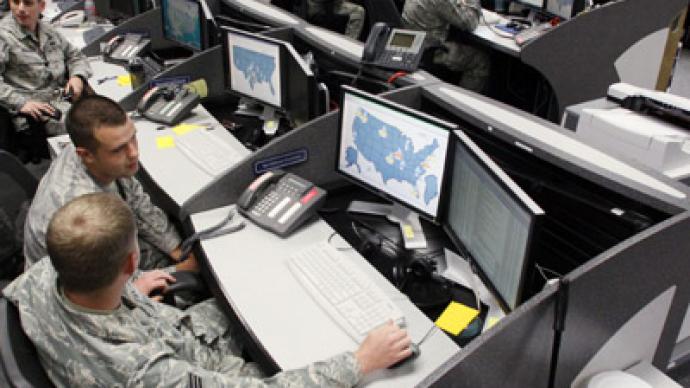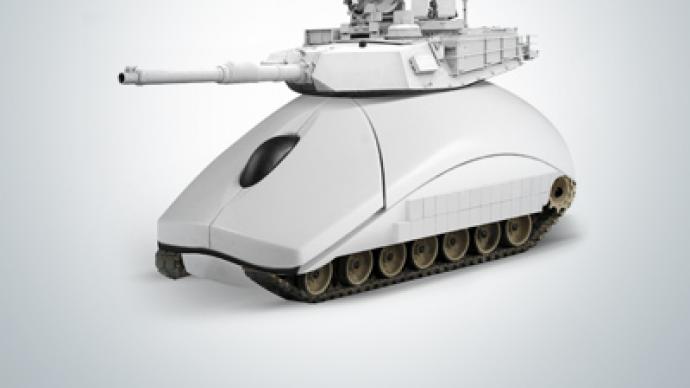A next-generation cyberweapon capable of knocking out enemy networks, even if they're not connected to the Internet - this is a primary goal for the Pentagon's research and development teams.
According to the Washington Post, the US military is ramping up its cyber-efforts in anticipation of a possible showdown with Iran or Syria.The Pentagon had wanted to use cyber warfare technology during the NATO mission in Libya, but realized that it would have needed at least a year to properly develop the necessary weapon.“We weren’t ready to do that in Libya. We are not ready to do that now, either,” the newspaper quoted an anonymous US official as saying.US military officials are looking to create a weapon capable of targeting “offline” military systems, that would transmit damaging codes by radio. The US’s military’s Defense Advanced Research Projects Agency (DARPA) recently secured a half billion dollars in funding for such a project. However, codes disseminated by such a weapon would need to be customized in order to have the right effect on enemy targets.“Unless you already have a custom-written code for a system, chances are we don’t have a weapon for that because each system has different software and updates,” Joel Harding, an independent military consultant, explained.The Pentagon is due to spend $3.4 billion on cyber technology in this year alone. The technology in the US military's current arsenal can disable components of an enemy weapons system, but not the system as a whole. Future cyber tools – like those currently in use – are likely to be used in combination with other tactics and arms.The world’s first digital warhead, the computer worm Stuxnet, is believed to have disabled hundreds of centrifuges in an Iranian nuclear facility back in 2009 and 2010. Some blamed Mossad for the attack, saying that the US helped to develop the virus. The worm, however, lacked the precision and predictability necessary in a military operation. The new generation of cyber warfare is thought to be more advanced, using a "fundamentally different approach than Stuxnet,” said an unnamed military official. “If I am trying to knock down an air defense system, I have to know precisely what is going to happen and when it will happen.”The new weapon should minimize the possibility of collateral damage, for example the disruption of civilian systems. Developers also need to work around the fact that destructive codes could be sent back to attack American targets or used by foreign intelligences for their own ends.Now, with the Pentagon’s cyber expenditures rising, defense officials are far from satisfied with how things are going. “I am still not remotely satisfied with where we are in cyber,” Deputy Secretary of Defense Ashton B. Carter said earlier this month. “I dare say we’d spend a lot more if we could figure out where to spend it.”


